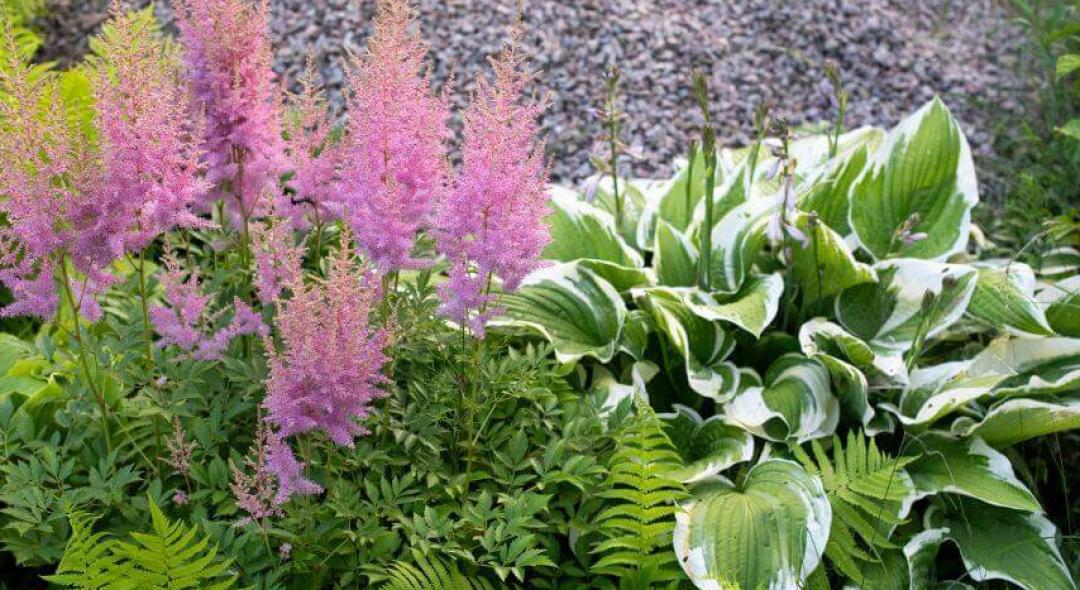Having a pool compromised with algae can be really annoying, if not dangerous. If you leave them for too long, they can become a breeding ground for harmful microbes.
Fortunately, getting rid of algae is pretty easy and in no time you can have it fully functioning and safe to use again.
In this guide, we’ll share the processes and steps on how to get rid of algae in pool. We’ll also talk more about the issue, why algae grows, and how you can prevent it from growing again.
“Always turn a negative situation into a positive situation. – Michael Jordan
How to Get Rid of Algae in Pool

Despite giving your best efforts into preventing pool algae from sneaking in, they end up finding a way in and multiply at a rapid pace. Add to the fact that sometimes we are just too busy to maintain and clean our pool, – or simply end up forgetting to – and this becomes a very common issue for most homeowners.
However,
If you notice the presence of algae or that the water has turned green, you should look for ways to resolve the issue immediately since these organisms tend to grow and spread very rapidly.
Although it isn’t rocket science, it does require some effort. But if you follow the steps below, you should be able to successfully remove the algae and prevent them from growing again.
1.Check Water Chemistry

When treating and preventing the growth of algae, water chemistry is an important factor that you have to consider. So, the first step is to test and balance the pool’s water chemistry.
You will need a good testing kit to check the water’s pH level and the amount of chlorine present in it. You should bring the pH level to 7.8.
To do this, you need to add sodium carbonate or sodium bisulfate to the water. As for the level of chlorine, it should be more than 1 ppm.
2. Turn on the Pump

When treating your pool, ensure that the pump is running 24 hours.
This is to prevent the water from getting stagnant, which is one of the reasons for the growth of algae and for turning the water green.
3. Get Rid of Debris
Using a net, remove all debris that’s floating. Make sure you remove everything, including leaves and algae.
4. Brush the Pool
One of the tools that you will need for pool treatment is a brush. If the surface is plaster or concrete, it’s best to use a wire brush or those with stiff bristles.
Use the brush to scrub the entire surface, including the corners, edges, steps, wall, and the areas under the ladders.
5. Vacuum It

After brushing, vacuum your pool surface thoroughly in order to fully remove the presence of debris and algae that have loosened up during brushing.
Make sure you also include those areas below the ladder, the walls, and the steps.
Although using a robotic cleaner can make the job easier, it’s still not considered the best tool to use in removing green algae in pool. It’s best to do it manually.
6. Clean the Filters
The filter system is an essential part, so make sure you clean them out as well. Rinse well and use sand filters to clean the filters off and remove the dead algae.
7. Shock the Pool

Now it’s time to use a shock treatment. Make sure it’s made from a good calcium hypochlorite shock.
Ideally, you should shock your pool at least once a week. But if you’re getting rid of algae, the water will require extra treatment, especially if you’ve neglected it for a while.
When you shock your pool, it’s basically the same as super chlorinating it in order to kill the presence of harmful bacteria that thrives in there. The amount of shock treatment to apply will depend on the type of algae that is thriving.
8. Brush It One More Time

After you shock your pool, you should brush the surfaces again. This is an important step that shouldn’t be ignored, as it will help to completely remove the algae away.
9. Floc the Pool
Flocculant is a useful step in further removing any particles and tiny spores that haven’t been removed during the process of shocking.
This is very important, especially if it has been infested with black algae.
10. Clean the Filters Again

After you floc your pool, you should clean the filters again since there’s a good chance that the algae blooms and debris may have gotten into the filters.
Clean the filters off and backwash if needed in order to prevent it from getting mixed into the water again. After this step, you should be all done! If the water is still a little cloudy, shock it again and vacuum on the next day.
Request a free quote for pool cleaning and maintenance to remove the green algae and make sure your family can enjoy it during the season!
MORE FROM HOMEYOU
15 Creative Ways to Landscape Around Your Pool
10 Satisfying Before and After Pictures That Prove Anything Can Be Cleaned
5 Best Ways To Get Rid of an Unwanted In-ground Pool
